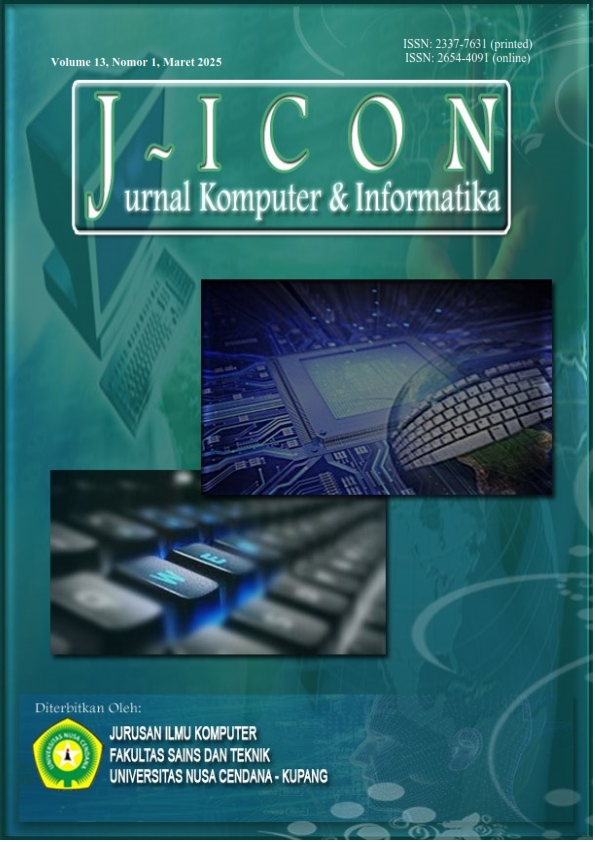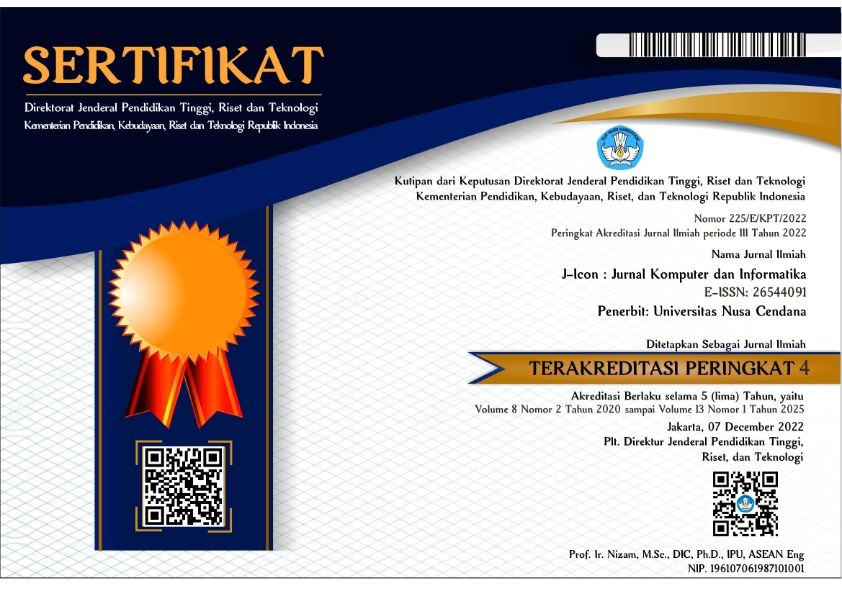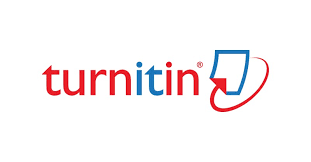SEGMENTASI PENDAPATAN DARI PAYMENT AGGREGATOR MENGGUNAKAN METODE KLASTERISASI K-MEANS
Abstrak
Kebiasaan pelanggan dapat mempengaruhi pendapatan perusahaan berbasis teknologi finansial dalam memilih jenis mitra pembayaran. Pelanggan sangat selektif memiliki vendor yang berorientasi pada kemudahan, promosi yang diberikan maupun benefit yang ditawarkan. Studi ini menjelaskan penerapan data mining untuk clustering, menggunakan metode K-means dengan mengelompokkan pendapatan pada sebuah payment aggregator. Tujuan penelitian adalah untuk mengidentifikasi pola dan kesamaan dalam data pendapatan guna membantu pengambilan keputusan dan analisis bisnis. Algoritma K-means digunakan untuk mempartisi data pendapatan menjadi kelompok-kelompok berdasarkan kesamaannya. Hasil penelitian menunjukkan pengujian dengan menggunakan berbagai jumlah yaitu k = 2; DBI = 0.023, k = 3; DBI = 0.209, k = 4; DBI = 0.116 dengan max run sejumlah sepuluh. Pada penelitian ini, hasil terbaik diperoleh pada nilai k = 4, dengan pola clustering dalam empat kategori jenis pembayaran diantaranya, copper, silver, gold dan platinum. Hasil penelitian menunjukkan bahwa metode CASH, MINIATM TRANSFER, dan VA TRANSFER merupakan kategori payment aggregator dengan nilai pendapatan paling besar yaitu sebesar 10.78% dari total pendapatan. Dari pola dan informasi tersebut perusahaan perlu menjaga feature yang menunjang untuk payment aggregator dengan nilai pendapatan paling besar tersebut, sedangkan untuk payment aggregator yang memberi nilai pendapatan rendah, perlu dilakukan evaluasi untuk penambahan merchant guna meningkatkan frekuensi dan nominal transaksi.
##plugins.generic.usageStats.downloads##
Referensi
[2] Sekar Setyaningtyas, B. Indarmawan Nugroho, and Z. Arif, “Tinjauan Pustaka Sistematis: Penerapan Data Mining Teknik Clustering Algoritma K-Means,” Jurnal Teknoif Teknik Informatika Institut Teknologi Padang, vol. 10, no. 2, pp. 52–61, Oct. 2022, doi: 10.21063/jtif.2022.v10.2.52-61.
[3] B. Harahap, “Penerapan Algoritma K-Means Untuk Menentukan Bahan Bangunan Laris (Studi Kasus Pada UD. Toko Bangunan YD Indarung),” Regional Development Industry & Health Science, Technology and Art of Life, pp. 394–403, 2019, [Online]. Available: https://ptki.ac.id/jurnal/index.php/readystar/article/view/82
[4] Yuli Mardi, “Data Mining: Klasifikasi Menggunakan Algoritma C4. 5 Data mining merupakan bagian dari tahapan proses Knowledge Discovery in Database (KDD). Jurnal Edik Informatika,” Jurnal Edik Informatika, vol. 2, no. 2, pp. 213–219, 2019.
[5] F. Nur, M. Zarlis, and B. B. Nasution, “Penerapan Algoritma K-Means Pada Siswa Baru Sekolahmenengah Kejuruan Untuk Clustering Jurusan,” 2017. doi: 10.30743/infotekjar. V 1i2.70.
[6] N. F. Adani et al., “Implementasi Data Mining Untuk Pengelompokan Data Penjualan Berdasarkan Pola Pembelian Menggunakan Algoritma K-Means Clustering Pada Toko Syihan,” Jurnal Cyber Tech, vol. x. No.x, no. x, pp. 1–11, 2019, [Online]. Available: https://ojs.trigunadharma.ac.id/index.php/jct/article/view/4648%0Ahttps://ojs.trigunadharma.ac.id/index.php/jct/article/download/4648/791
[7] A. Satriawan, R. Andreswari, and O. N. Pratiwi, “Segmentasi Pelanggan Telkomsel Menggunakan Metode Clustering Dengan RFM Model dan Algoritma K-Means,” e-Proceeding of Engineering, vol. 8, no. 2, pp. 2876–2883, 2021, [Online]. Available: https://openlibrarypublications.telkomuniversity.ac.id/index.php/engineering/article/view/14687
[8] W. M. P. Dhuhita, “Clustering Metode K-Means Untuk Menentukan Status Gizi Balita,” 2015.
[9] R. Nainggolan and F. A. T. Tobing, “Analisis Cluster Dengan Menggunakan K-Means Untuk Pengelompokkan Online Customer Reviews (Ocr) Pada Online Marketplace,” METHODIKA: Jurnal Teknik Informatika dan Sistem Informasi, vol. 6, no. 1, pp. 1–5, 2020, doi: 10.46880/mtk. V 6i1.246.
[10] B. S. Purnomo and P. T. Prasetyaningrum, “Penerapan Data Mining Dalam Mengelompokkan Kunjungan Wisatawan di Kota Yogyakarta Menggunakan Metode K-Means,” 2021.
[11] N. Dwitri, J. A. Tampubolon, S. Prayoga, F. I. R.H Zer, and D. Hartama, “Penerapan Algoritma K-Means Dalam Menentukan Tingkat Penyebaran Pandemi Covid-19 Di Indonesia,” Jurnal Teknologi Informasi, vol. 4, no. 1, pp. 128–132, 2020, doi: 10.36294/jurti. V 4i1.1266.
##submission.copyrightStatement##
##submission.license.cc.by4.footer##Penulis yang mengirimkan naskah harus memahami dan menyetujui bahwa jika diterima untuk diterbitkan, penulis memiliki hak cipta dan memberikan jurnal hak publikasi pertama dengan karya yang dilisensikan secara bersamaan di bawah Creative Commons Attribution (CC-BY) 4.0 License yang memungkinkan orang lain untuk berbagi karya dengan pengakuan kepenulisan karya dan publikasi awal dalam jurnal ini.
 Dimas Fahmi Suntoro(1*)
Dimas Fahmi Suntoro(1*)




